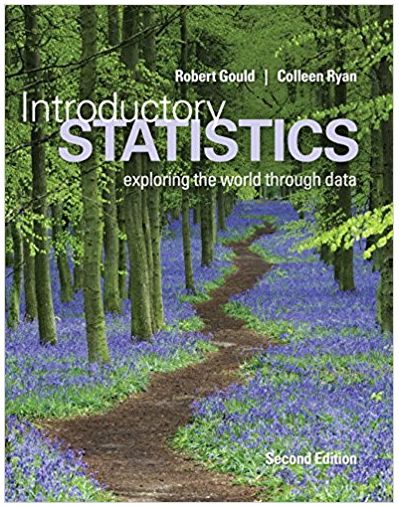Answered step by step
Verified Expert Solution
Question
1 Approved Answer
In their famous 'common ratio effect experiment, Kahneman and Tversky found that most people preferred $3000 with certainty over an 80% chance of $4000,

In their famous 'common ratio effect experiment, Kahneman and Tversky found that most people preferred $3000 with certainty over an 80% chance of $4000, but preferred a 20% chance of $4000 over a 25% chance of $3000. These gambles can be written as: Choice 1: A: ($3000, 1) B: ($4000, 0.80; $0, 0.20) Choice 2: C: ($3000, 0.25; $0, 0.75) D: ($4000, 0.20; $0,0.80) A) Prove mathematically that the preference pattern observed by Kahneman and Tversky (A in choice 1, D in choice 2) violates expected utility theory (i.e., show that the preference pattern observed by Kahneman and Tversky cannot hold under expected utility theory for any utility function). B) Show that the following value function can explain the choice pattern observed by Kahneman and Tversky. In your calculations, let e = 0. 75,a = 0. 10, u(x) = x, and u(y) = y. V(x, p; y, 1 - p) = 0[pu(x) + (1 plu(y)] + (1 - 0)[amax{u(x), uly)} + (1 a)min{u(x), u(y)}] (Note: The value of lottery B is calculated as follows. V(4000,0.80; 0, 0.20) = e[0.8(4000) + 0.2(0)] + (1 - 0)[a4000 + (1 - a)0}] To show the choice pattern, you need to plug in the numbers for a and 0, and show that the value of lottery A is greater than the value of lottery B and that the value of lottery D is greater than the value of lottery C):
Step by Step Solution
★★★★★
3.58 Rating (162 Votes )
There are 3 Steps involved in it
Step: 1
We need to show that under expected utility theory EU i...
Get Instant Access to Expert-Tailored Solutions
See step-by-step solutions with expert insights and AI powered tools for academic success
Step: 2

Step: 3

Ace Your Homework with AI
Get the answers you need in no time with our AI-driven, step-by-step assistance
Get Started


